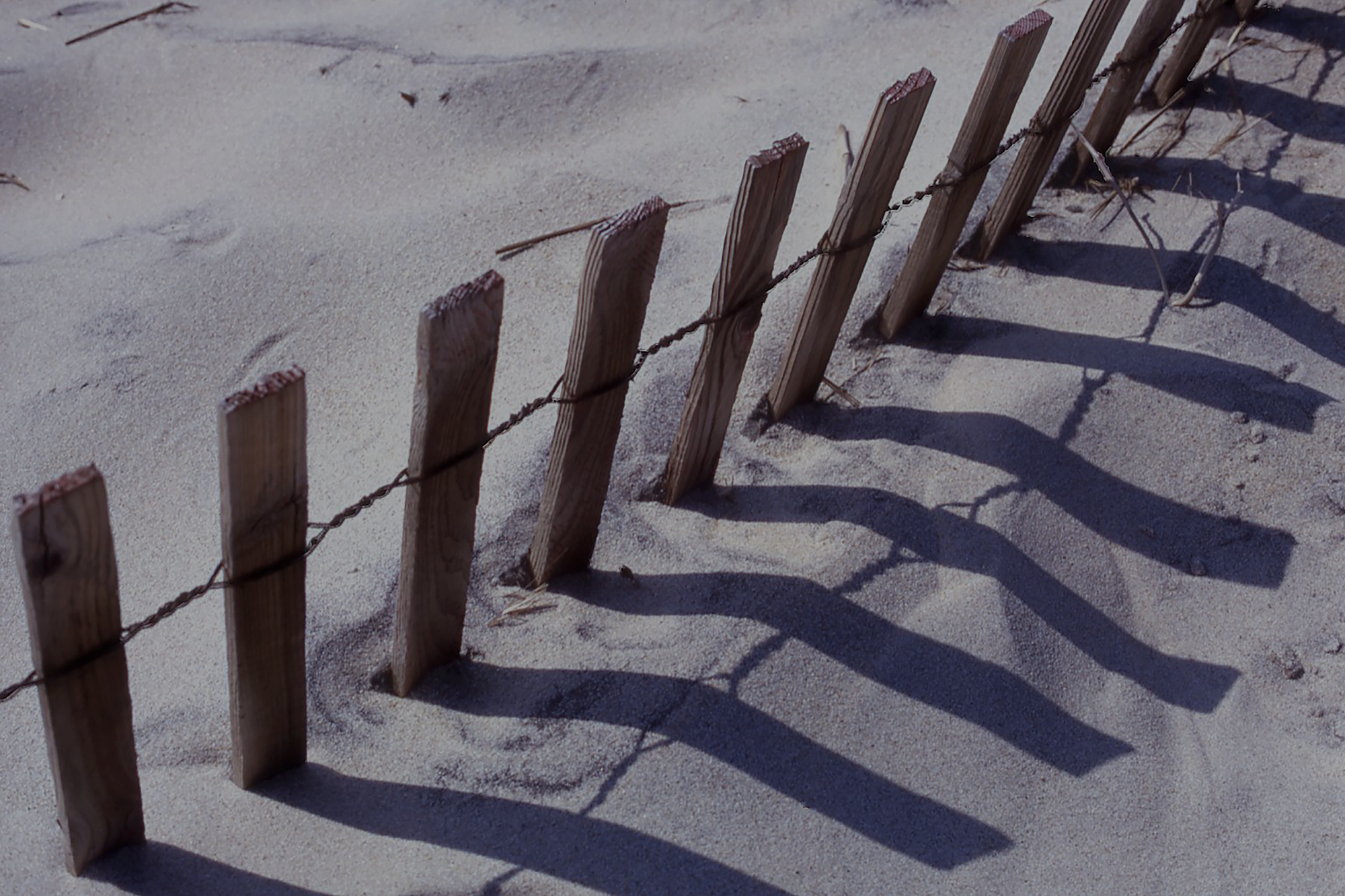Exhausted?
Saturday mornings have, like Sundays, a ritual beginning for me. Around 6am I have a fresh coffee, my dogs beside me and the weekend newspaper (Saturday, the Globe & Mail; Sunday, the weekend New York Times). It’s the first Saturday of the new year, the coffee is good and the dogs are settled. I move through article after article in the Globe noting pieces I want to go back to. I note an article “Exhausted? You’re not alone” by Gayle MacDonald, a feature writer for the Globe. It grabbed my attention because I’m hearing the same themes of exhaustion and discouragement from a lot of leaders.
The article identifies the cause of this exhaustion and discouragement as the pandemic. As the New Year begins, it’s now causing a world weariness that people can’t shake. People have moved through a lot of emotional stages in the pandemic. From going into overdrive to make the lockdown work (clergy shifting to on-line Sundays), to moving into a place of tiredness. We’ve come to realize the techniques we’ve used so successfully are no longer working. This realization has produced anxieties most of us have never had to confront before. This is a genuinely new space.
Our anxieties revolve around not knowing what to do. This has generated all kinds of fear about our identities as leaders – we’re expected to know what to do. If we’re honest, most of us leaders don’t know what to do. This is an exhausting place to be. Feeling that the worst of COVID may be over, we’ve entered what MacDonald describes as “…what perhaps can best be described as a hard-to-define kind of tiredness: an existential sort of world weariness that, for many of us, is hard to shake”.
Bigger Frame
But our frames need to be bigger than COVID. Our experience of disruption, anxiety and exhaustion are not the result of COVID alone. We are confronting the unraveling of the world we’ve lived in over the past seventy-five years. We’re in a place we don’t know how to name. We can’t make sense of what is going on and, therefore, we’re disoriented, exhausted and anxious. I was talking this week with a colleague in the UK as he was in the middle of a church-planting conference. His description of most of these leaders, whom he cares for deeply, is that they are numb. They lack the confidence they once had. They are increasingly weary and disillusioned by this unraveling of things.
I received a message from another colleague last week who is around the other side of the world. He’s visiting family and reconnecting with friends. He wrote this: “Catching up with a couple of clergy friends here who speak of the fragile state they and their congregations are in, the increased risk of key wheels in their churches about to fall over with nothing in reserve. But also some willingness in congregations to have important conversations, if they could find the way to have the conversation, and not default to blame, defeatism, inflated visions, or rescue scenarios”. This description applies to clergy leaders all over. It’s not about a particular place or denomination or group. This fragility shapes the beginning to 2023. While these reports about churches and leaders may sound familiar, the crises and disruptions are not minor. We are living inside a fundamental re-making of our social order.
Hope?
As my UK colleague and I were talking we recognized that as 2023 begins few have the energy, or even the hope, for the long journey we need to begin. It’s too overwhelming, way beyond the emotional space of most leaders. An old word that describes church leaders seems right for now – acedia (the debilitating sense that nothing is working which, in turn, creates a kind of passivity and despair). The trajectory of collapse has set in and is unavoidable. That doesn’t mean we have to despair, though it feels like that to many clergy and denominational leaders.
The conversation with my UK colleague concluded with us reflecting on Benedict and the Celts. They responded to the unraveling of their world with a set of practices that would guide them to a hopeful future. Our hope is not dependent on our skills or the latest leadership models. Our hope is in the Spirit of Jesus who is alive and working in this moment. There is another way. We can get stuck in our fear, tiredness and disorientation. Or we can respond to the Spirit of God’s invitation. We can embrace, with others, practices that give us hope in this place we’ve never been before.
This is the work we are doing with a growing community of companions in different parts of the world.


To what extent may this tiredness be our grieving a loss of control that we have developed over time thinking that we can control our own destiny, solve all our own challenges and manage the world quite well ourselves. Have we grown so far away from the Mystery of God’s presence and activity that we have created our own hopelessness? I remember reading a book several years ago titled, “The Audacity of Hope.” The title itself inspires me. So much of hope is mystery. Mystery is God being present in the now, in the past and in the future.
Grieving, when done well runs in a zig-zag line. We think we have it figured out and we’re back in control and then some small thing triggers the feelings of loss and aloneness. At some point Hope is what provides us with the ability to turn our gaze forward, not so much to return to “normal” as to find a fresh capacity to foster and cultivate hope.
I don’t know if any of this makes any sense, but its what bubbled to the surface as I read these posted reflections.
Hope all is well with you my friend. I’m learning to live with the reality of pulmonary fibrosis that is slowly progressing and changing the landscape ahead.